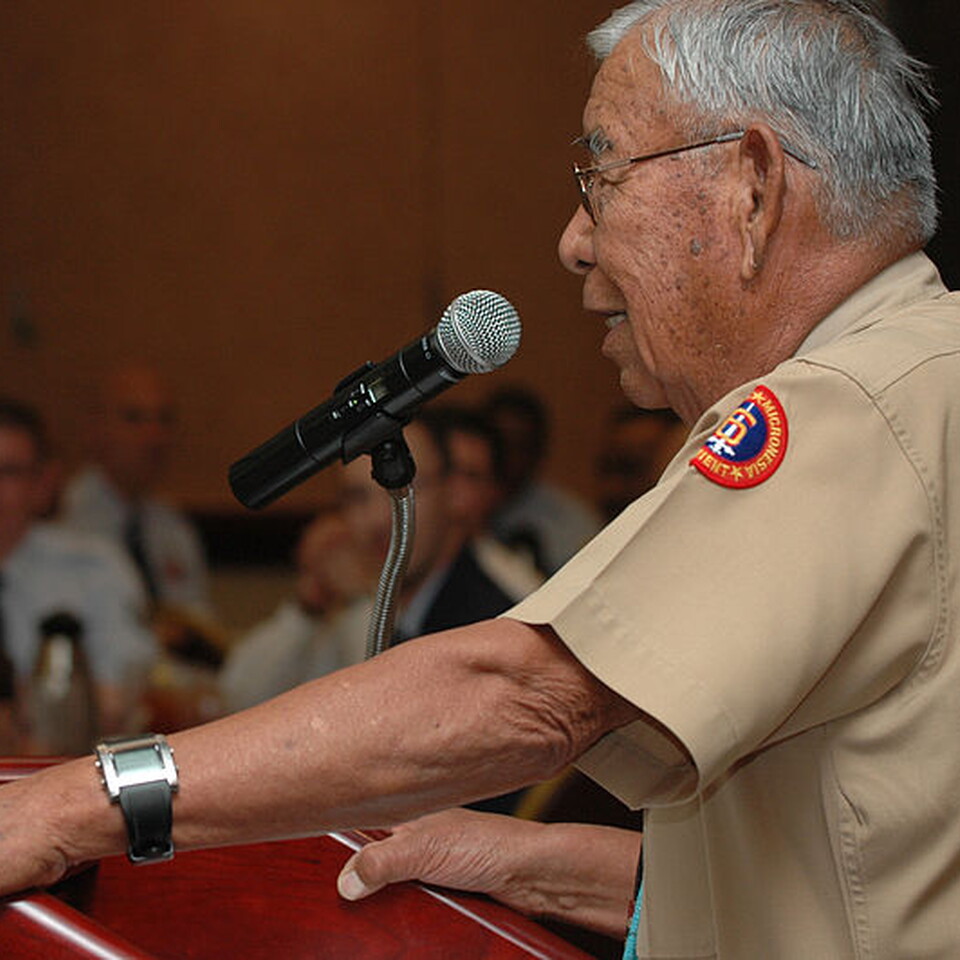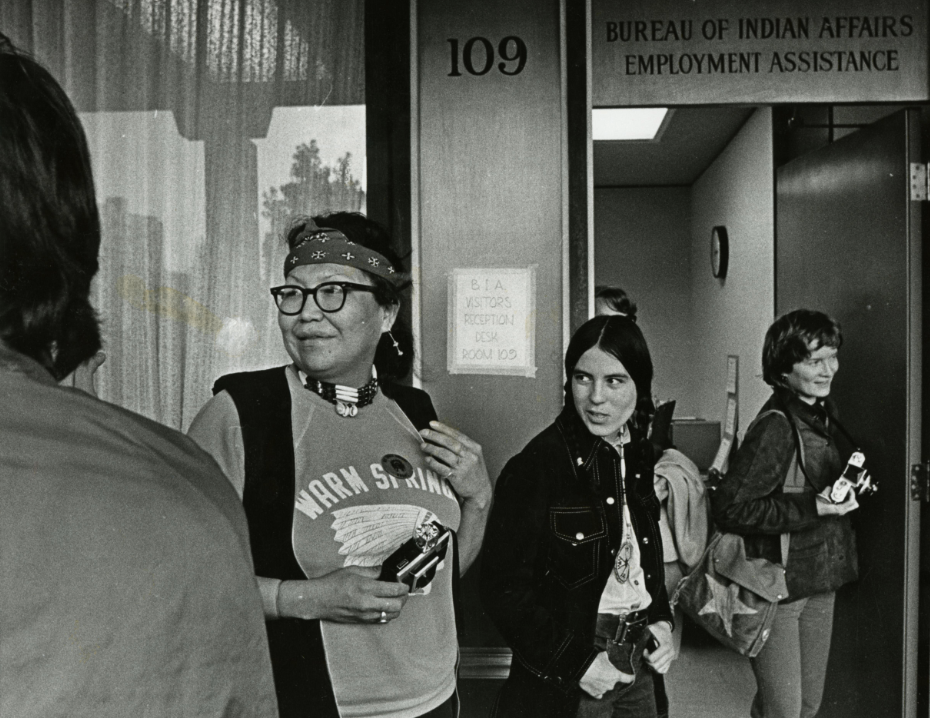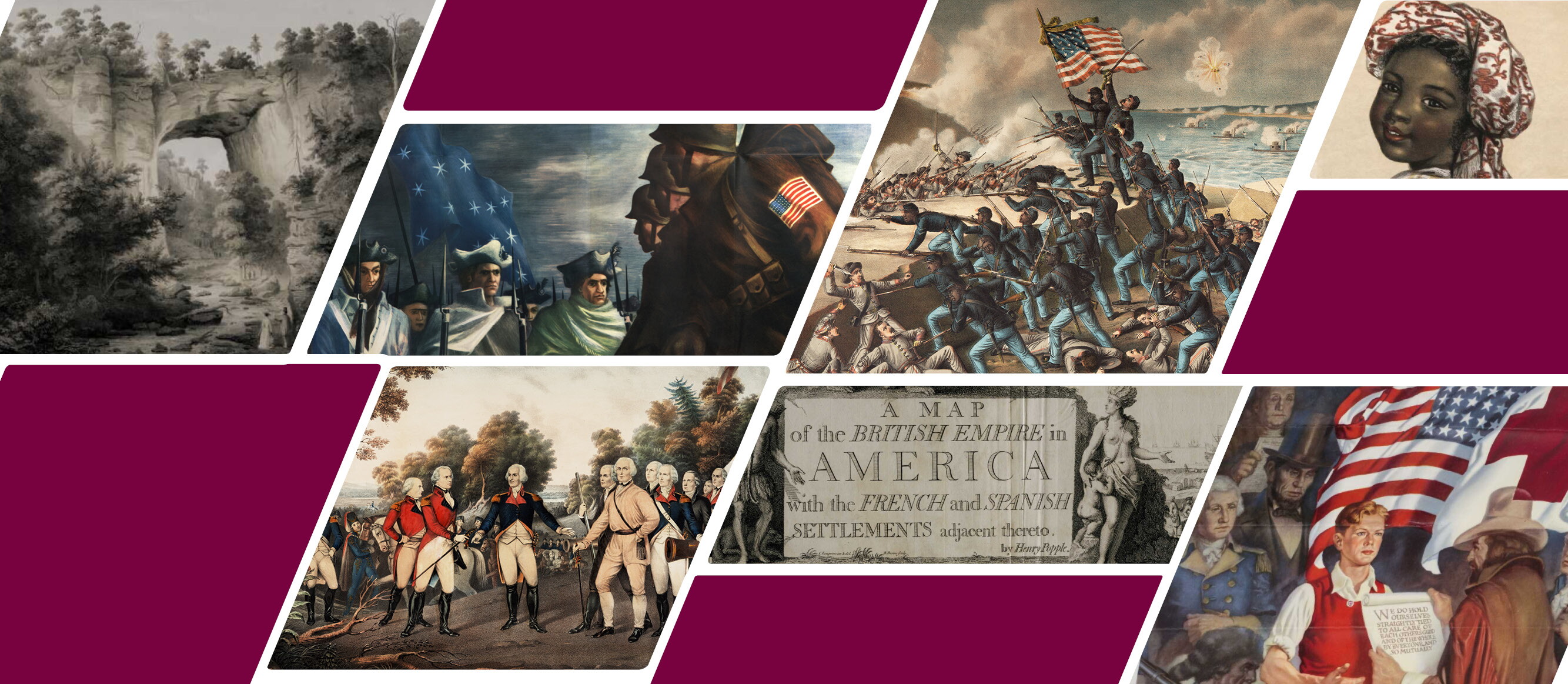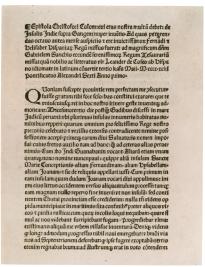 In 2021, Indigenous Peoples’ Day, first celebrated in California in 1992, was proclaimed by the President as a federal holiday to be observed on the same day as Columbus Day, which is established by Congress.
In 2021, Indigenous Peoples’ Day, first celebrated in California in 1992, was proclaimed by the President as a federal holiday to be observed on the same day as Columbus Day, which is established by Congress.
Explore the day from many angles through the resources below:
Spotlight on a Primary Source Document
Guided Readings and Essays
- “Guided Readings: Indian Removal” provides five short readings with questions
- “Cultural Encounters: Teaching Exploration and Encounter to Students” by Joyce Chaplin (Harvard University)
- “A New Era of American Indian Autonomy” by Ned Blackhawk (Yale University), History Now 9: The American West (Fall 2006)
- “American Indians and the Transcontinental Railroad” by Elliott West (University of Arkansas), History Now 38: The Joining of the Rails: The Transcontinental Railroad (Winter 2014)
- “Native American Discoveries of Europe” by Daniel K. Richter (University of Pennsylvania), History Now 12: The Age of Exploration (Summer 2007)
- “Imperial Rivalries” by Peter C. Mancall (University of Southern California)
- “Exploration” by Benjamin Sacks and Felipe Fernandez-Armesto (Princeton University and the University of Notre Dame)
Videos
- “America before Columbus”: Journalist Charles C. Mann explores the population density and extensive land development in the Americas before the arrival of Columbus as well as the rapid depopulation caused by the introduction of European and African diseases, which gave Europeans the mistaken idea that the land was a vast, empty wilderness.
- “Europeans and the New World, 1400–1530”: Brian DeLay, Associate Professor of History, University of California, Berkeley, discusses how the backwater of western Europe emerged from the devastation of the fourteenth century to generate the power, wealth, knowledge, institutions, and energy to initiate and develop a worldwide expansion.
- “Nature, Culture, and Native Americans”: Daniel Wildcat, a Yuchi member of the Muscogee Nation of Oklahoma and director of the American Indian Studies Program at Haskell Indian Nations University in Lawrence, Kansas, discusses the importance of distinguishing between the variety of languages, cultures, and habitats among American Indian tribes both in the past and today.
Lesson Plans
- “Letter from Christopher Columbus”: Students will analyze the content of Christopher Columbus’s 1493 letter to Ferdinand and Isabella.
- “Murder on the Frontier: The Paxton Massacre”: Students will attempt to understand how a vigilante group justified the murder of twenty Susquehannock men, women, and children in 1763. The primary source evidence will allow students to analyze questions related to claims about colonization, peace and war, race and ethnicity, masculinity and civility, the use of violence as a political weapon, and religious association.
- “Native American Policy”: Two conflicting policies have governed this country’s treatment of Native Americans—assimilation and removal. How did federal policy toward Native Americans change between the Washington and Jackson administrations?
- “Native American Cultures and the Impact of the Boarding Schools”: During the late-nineteenth and twentieth centuries, many Native American children were sent to boarding schools where they were forcibly separated from their own language, religion, clothes, personal belongings, and other cultural connections as well as their families and communities. Students will use a variety of textual and visual sources to learn what culture is, identify aspects of Native American cultures, and analyze the impact of the boarding school experience.
Digital Exhibition

- Veterans Legacy Program: World War II Veteran Joe Morris Sr.: Learn about Joe Morris Sr., one of four hundred “code talkers” who memorized a code that substituted traditional Navajo words for military phrases. The contributions of the Navajo code talkers were classified until 1968.
Inside the Vault
- Occupation of Alcatraz: In November 1969 a group of American Indians occupied the abandoned federal prison at Alcatraz. Their 19-month occupation of the island attracted national attention to Native rights. In 1970, the activists published newsletters that outlined their goals and detailed the progress made in establishing their community on the island. Gilder Lehrman Master Teachers CherylAnne Amendola and Robert Anderson joined us as we examined these important resources.
Classroom-Ready PD
- American Indian and Latina/Latino American History: This module features a lecture on key points in Latina/Latino history by Professor Lilia Fernandez (Rutgers University) and a lecture on the impact of the McGirt v. Oklahoma decision on American Indian tribal sovereignty, the origins and evolution of the American Indian gaming industry, and the history of desecration and protection of sacred sites by Professor Donald L. Fixico (Shawnee, Sac and Fox, Muscogee Creek and Seminole) of Arizona State University. It also includes expert advice for teaching these topics led by Gilder Lehrman Institute Master Teachers.
Book Breaks
- Peter Cozzens: Tecumseh and the Prophet: The Shawnee Brothers Who Defied a Nation
- Nicole Eustace: Cover with Night: A Story of Murder and Indigenous Justice in Early America
- Justin Gage: We Don’t Want the Gates Closed between Us: Native Networks and the Spread of the Ghost Dance
- Samantha Seely: Race, Removal, and the Right to Remain: Migration and the Making of Early America
- Susan Schulten: A History of America in 100 Maps
Self-Paced Courses

- American Colonies led by Alan Taylor, University of Virginia
- American Indian History: 1900 to the Present led by Donald L. Fixico (Shawnee, Sac and Fox, Muscogee Creek and Seminole), Arizona State University
- American Indian History: Case Studies led by Colin Calloway, Dartmouth College
- American Indian History: Recasting the Narrative led by Ned Blackhawk (Western Shoshone), Yale University
History Now
- “American Indians in Leadership,” History Now 59 (Winter 2021)
- “American Indians,” History Now 28 (Summer 2011)
- “Three Worlds Meet,” History Now 25 (Fall 2010)
- “The Age of Exploration,” History Now 12 (Summer 2007)

